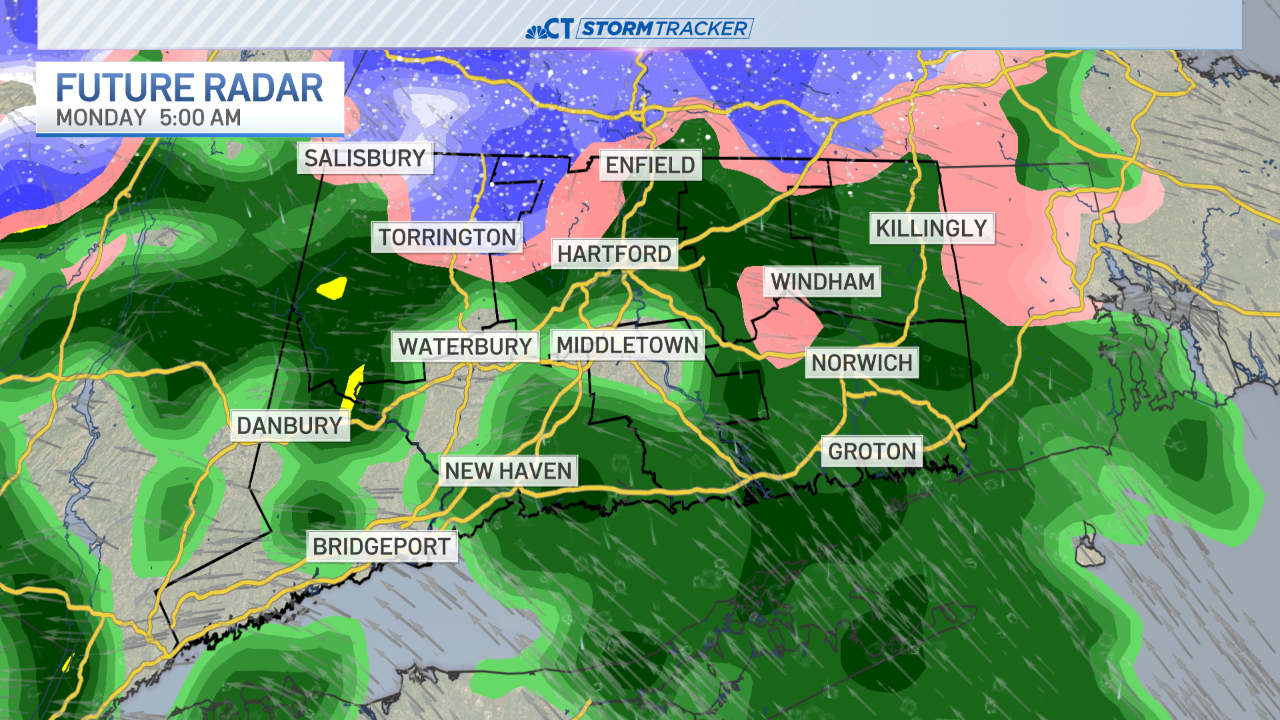We’ve seen what invasive species like emerald ash borers and gypsy moths can do to our local tree population, and now there’s a new species the Connecticut Department of Agriculture wants you to be aware of: the Spotted Lanternfly.
“It’s sort of a nerve-wracking time actually when we think about what they could do to our state agriculture,” explains Jonathan Edwards, owner of Jonathan Edwards Winery in North Stonington.
The spotted lanternfly hails from Asia and was first spotted in the United States in Pennsylvania in 2014. It has been wreaking havoc ever since.
“They’re seeing a loss of one to two acres per year in their vineyards,” says Rebecca Eddy from the Connecticut Department of Agriculture. “That’s tremendous.”
Get top local stories in Connecticut delivered to you every morning. >Sign up for NBC Connecticut's News Headlines newsletter.
The species is known as a hitchhiking bug that catches a ride on vehicles on vehicles, trains and even humans. So far they’ve only been seen in Fairfield and New Haven county, but they are expected to spread east along the I-95 corridor, something Jonathan Edwards Winery is trying to prepare for.
“Our plants are not in any way set up to defend themselves from this,” says Edwards. “It starts to suck the sap out of the plant and it weakens it to such a state that in the next year or two we’ll just watch this plant die off.”
And grapes aren’t the only threatened crop.
Local
Edwards explains, “stone fruit, peaches and things like that. All sorts of trees that people have, ornamental trees, willows, oak trees, maples trees things we all have in our yard.”
In addition to agriculture, this could also hurt the nursery and timber industry. The Spotted Lanternfly thrives in the invasive species known as the tree of heaven, which can be found all along the 95 corridor, so the Department of Agriculture is working with the Connecticut Department of Transportation and hopes they’ll be able to help move some of the invasive species hosting the bugs. And while there is some chemical applications that may help, the best thing to do right now is educate people so they know what to look for. Then it’s up to residents to help mitigate the issue.
“You want to take that and either stomp it or squash it or take it in a plastic bag with hand sanitizer or rubbing alcohol and seal that up and discard it,” says Eddy. “Right now if you are able to stomp or squish they adult female you’re preventing potentially up to 90 eggs from hatching next spring.”
But before you do that, take a picture and send it to the Connecticut Agricultural experiment station so they can track where the species is spreading. For more information on how to report the pests, just visit https://portal.ct.gov/CAES/CAPS/CAPS/Spotted-Lanternfly---SLF.



